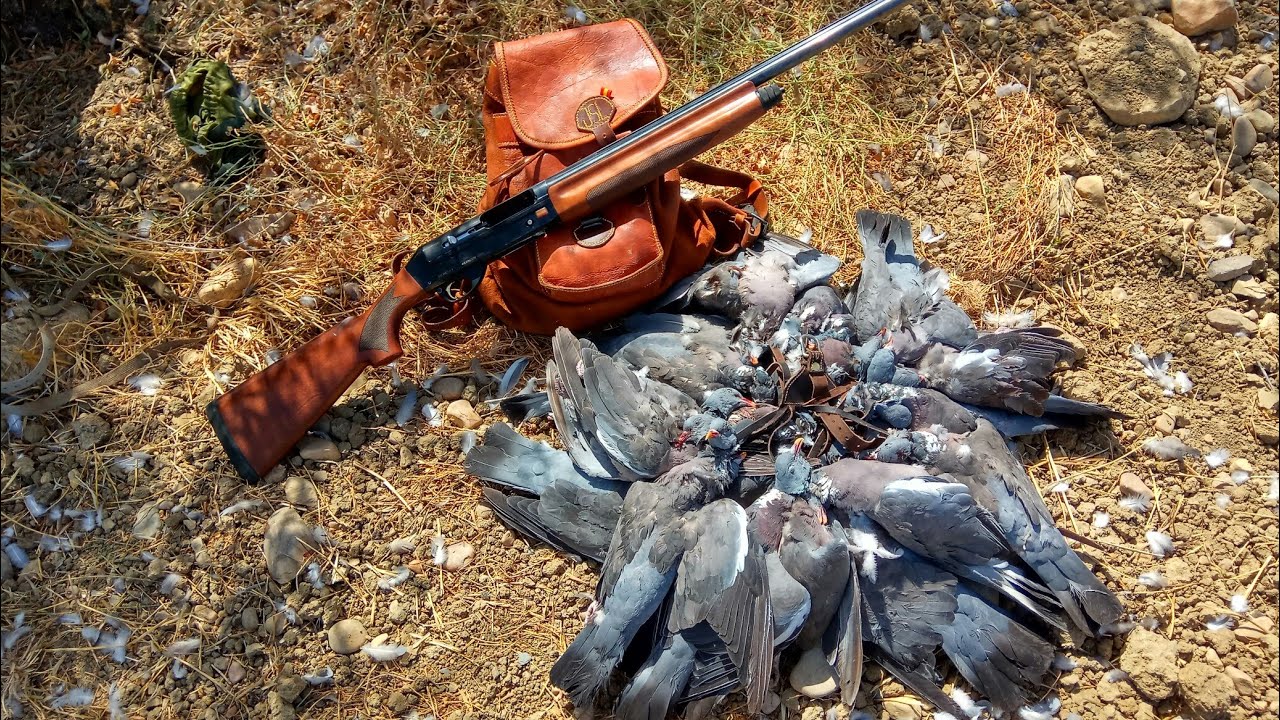Dove banding in migration research has provided invaluable data on bird movement patterns, population trends, and habitat preferences. Researchers attach lightweight bands to a dove’s leg, allowing them to track its journey across vast distances. Each band carries a unique identification number, which helps scientists collect critical information about survival rates and travel routes. When hunters or birdwatchers report band recoveries, researchers gain insights into seasonal migration trends and environmental factors affecting dove populations. By analyzing these patterns, conservationists can better manage habitats and hunting regulations to maintain sustainable dove numbers.
Banding efforts also play a crucial role in assessing how environmental changes impact migration behaviors. Shifts in climate, habitat loss, and food availability influence dove flight patterns, sometimes altering traditional migration corridors. With consistent banding studies, researchers can detect these shifts early, allowing for proactive conservation strategies. By understanding how doves navigate their journeys, scientists contribute to more effective wildlife management policies that benefit both hunters and conservationists.
Enhancing Hunting Strategies Effectively
The study of banding in migration not only informs conservation efforts but also enhances hunting strategies. Knowing where doves migrate, how long they stay in certain regions, and what influences their movements allows hunters to optimize their approach. Banding data highlights key stopover locations where doves rest before continuing their journey, providing valuable insights into prime hunting spots. As a result, hunters can plan their trips around peak migration periods, increasing their chances of success while maintaining ethical hunting practices.
Hunters who recover banded doves contribute directly to migration research by reporting band numbers to wildlife agencies. These reports provide real-time data on how hunting pressure affects dove populations in different regions. This information helps authorities adjust hunting seasons, bag limits, and habitat management strategies to ensure long-term sustainability. The collaboration between researchers and hunters strengthens conservation efforts while allowing for an enjoyable and responsible hunting experience.
Conservation and Population Management
One of the primary goals of banding in migration research is to ensure sustainable dove populations through effective conservation and management strategies. By analyzing band recovery data, wildlife agencies can identify areas where dove populations thrive and regions where they may be declining. This information helps create targeted conservation plans that protect crucial breeding and wintering grounds. Habitat restoration projects, food plots, and predator control initiatives are often implemented based on migration data gathered from banded doves.
Additionally, banding studies help wildlife officials determine the impact of hunting on dove populations. By monitoring survival rates and hunting harvests, they can adjust regulations to prevent overharvesting while maintaining a balanced ecosystem. This scientific approach ensures that hunting remains a viable activity without negatively impacting the long-term health of dove populations. With ongoing research, conservationists can adapt their strategies to changing environmental conditions and migratory patterns.
Insights from Multi-Year Studies
Long-term banding in migration studies has revealed fascinating insights into the behavior of doves across multiple generations. Some studies have shown that doves exhibit site fidelity, returning to the same nesting or wintering areas each year. This consistency allows researchers to identify critical habitats that require protection. Additionally, banding data has provided evidence of changes in migration timing due to climate fluctuations, highlighting the importance of continuous monitoring.
Hunters and researchers alike benefit from these multi-year studies as they refine their understanding of dove behavior. For example, knowing that doves favor certain stopover sites year after year enables hunters to establish well-planned strategies based on historical migration data. Similarly, conservationists can focus their efforts on preserving areas that consistently support large dove populations. This combination of scientific research and practical application strengthens the balance between sustainable hunting and wildlife preservation.
The Connection Between Dove and Turkey Hunting
Understanding banding in migration research extends beyond dove populations, offering insights that benefit other game species as well. Patterns observed in dove movements often reflect broader ecological trends that influence various bird species, including turkeys. Hunters who study migration research can apply similar principles when planning spring turkey hunting Texas trips, as habitat preferences and movement patterns play a crucial role in success.
For instance, just as doves rely on reliable food sources during migration, turkeys also require strategic feeding areas. By analyzing data from dove banding studies, hunters can identify regions where game birds thrive due to abundant resources. This interconnected approach helps hunters refine their skills while contributing to wildlife management efforts that support multiple species. As research continues, the crossover between dove banding studies and other hunting practices will provide even more valuable insights for responsible outdoor enthusiasts.
Final Words
The role of banding in migration research extends far beyond tracking individual doves, providing critical data that enhances conservation, hunting strategies, and wildlife management. By analyzing migration routes, population trends, and environmental influences, researchers and hunters gain a deeper understanding of dove behavior. The collaboration between scientific studies and hunting practices ensures that dove populations remain sustainable while offering valuable insights for those pursuing ethical and successful hunting experiences. As technology advances and data collection improves, banding studies will continue shaping the future of both wildlife conservation and responsible hunting practices.










